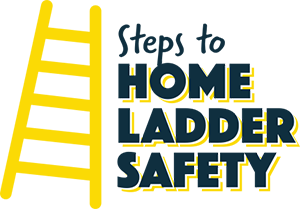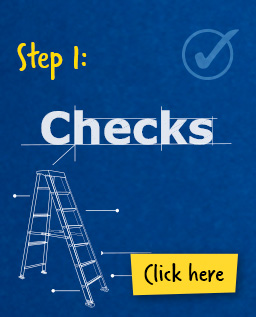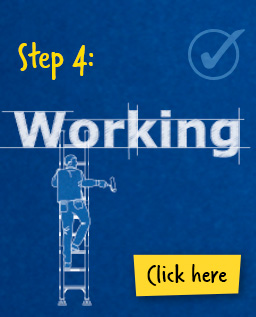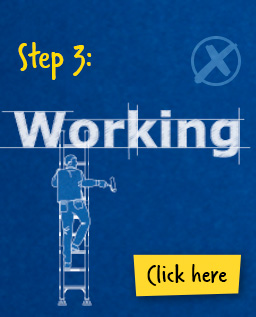home
Around the home, ladders are linked to more deaths and serious injuries than any other product.
You don’t have to fall far off a ladder to be seriously injured: 1–2 metres can be enough.
Broken limbs, spinal cord damage, severe brain injury or even death can result.
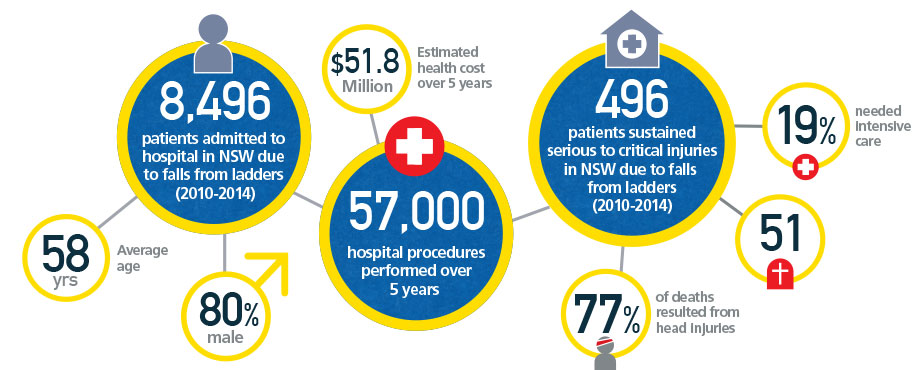
Case study
Richard shares his story about falling from a ladder while cleaning the windows, suffering a broken back and other serious injuries. He was lucky to survive or not end up in a wheelchair.
Dr Christine Bowles, an Emergency and Trauma doctor, shares her story about caring for Richard and other patients after they have fallen from ladders.
More video case stories courtesy of the ACCC Product Safety - Ladder Safety Matters campaign
Tips for buying a ladder
Only purchase Certified Ladders approved by
Australian Standards.

Consider when purchasing:
- Size of the ladder required.
- Maximum load capacity (your weight plus likely equipment).
- Additional safety features and accessories (such as work platforms, paint bucket hooks, stabilisers and tie-downs).
Personal protective equipment
- Personal protective equipment should be worn when using a ladder.
- Wear closed toe shoes that provide grip. Do not wear sandals or thongs.
- Consider wearing a helmet and/or safety harnesses, epecially when working at heights or when overhead hazards are present.
Maintenance
- Excessive heat can reduce the strength of a ladder.
- Acids, alkali solutions, or other corrosive substances can also damage the ladder.
- Store the ladder in a cool dry place to avoid warping, rust or corrosion.
- Lubricate metal bearings, locks and pulleys.
More information
Consider alternatives such as:
- Hiring a tradesperson
- Getting help from a friend or relative
- Seeking advice from your local council – Senior citizens and people with disabilities may be eligible for government or local council assistance with home maintenance
- Using a step stool for small jobs
- Using a different strategy (e.g. gutter guards to avoid needing to clean roof gutters; long handled devices for cleaning or changing light globes)
There is a large number of commercially available safety equipment for ladders (search the web or ask your local hardware store):
- Replacement parts such as rubber feet
- Shelves/platforms so you can work smarter and reduce your risks
- Braces for the base and top of the ladder to keep it steady
- Helmets and harnesses
Contact Us
This injury prevention project is an initiative of the NSW Institute of Trauma and Injury Management, a network within the Agency for Clinical Innovation.
For more information regarding Home Ladder Safety or the associated community awareness program, please contact:
NSW Institute of Trauma and Injury Management
Agency for Clinical Innovation
aci-info.itim@health.nsw.gov.au
+61 2 9464 4664
